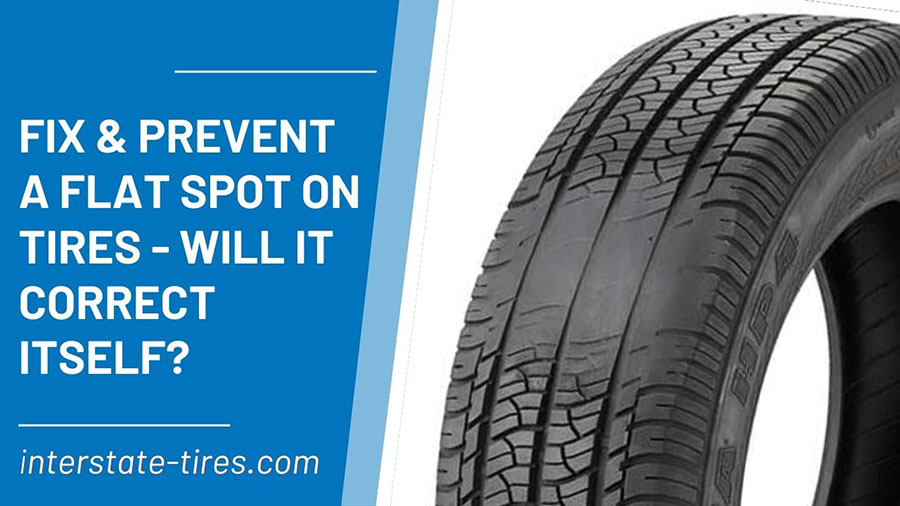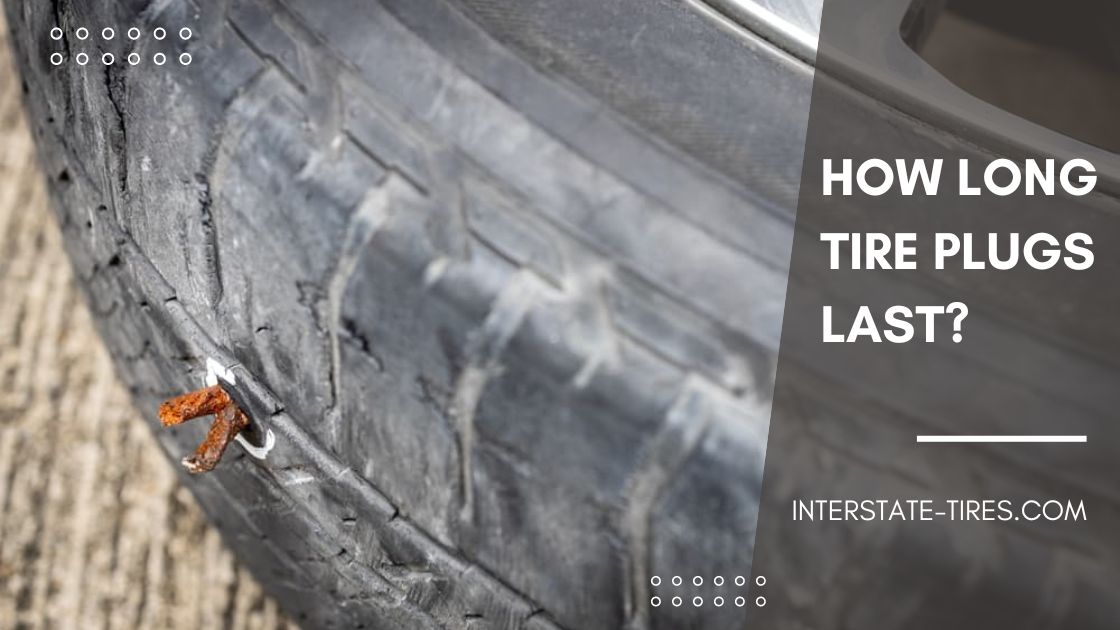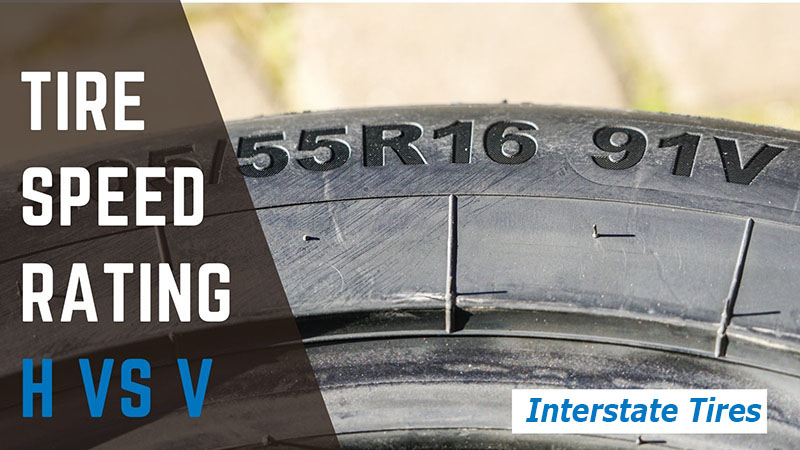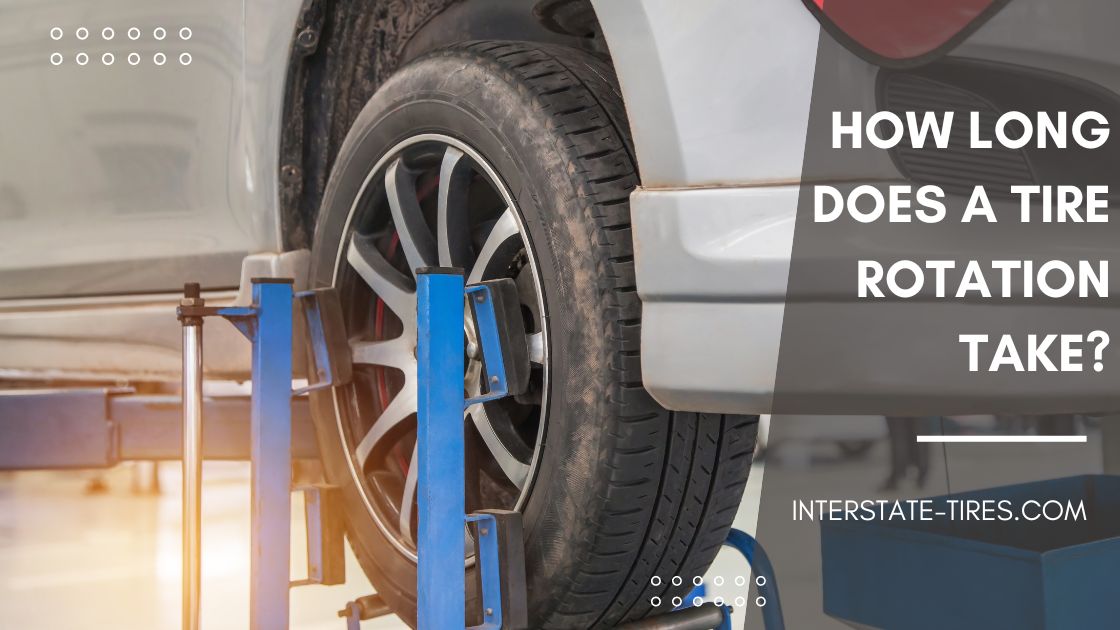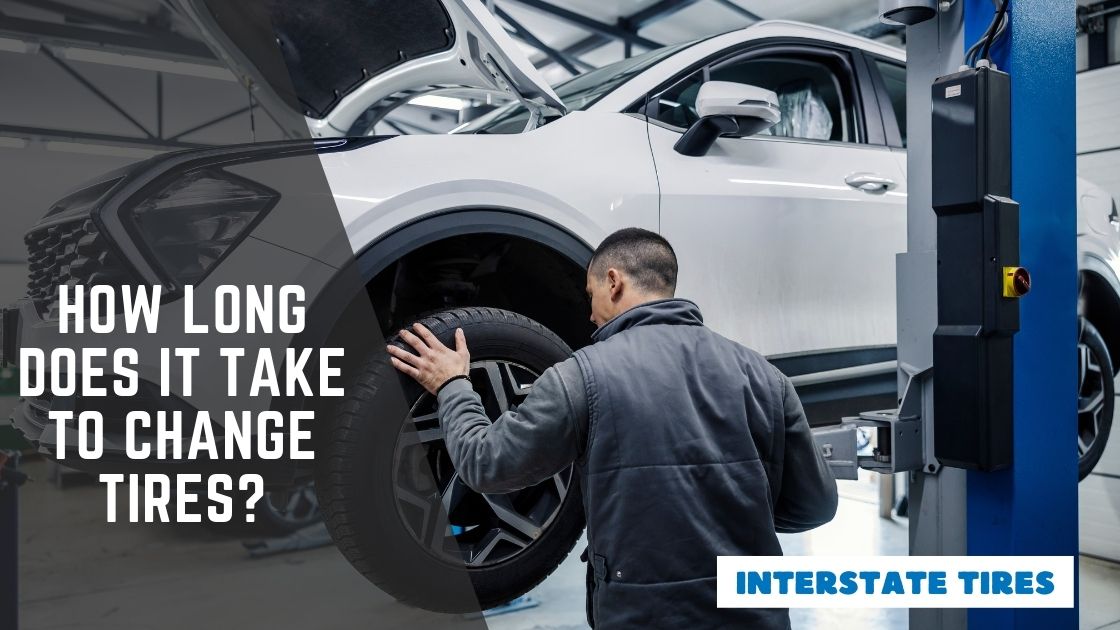Treadwear is inevitable no matter how many times per month you take the car to maintenance services. It’s only a matter of time, even for the highest-quality tires!
Nevertheless, some spots deteriorate much faster than others, to the point that they go bald or flat. Failures to treat them on time only bring you immense difficulties on the road!
So what to do about a flat spot on the tire, then? We are here to help.
Table of Contents
Common Symptoms of Flat Spotting Tires
The best way to quickly check flat spots is to look for the following signals:
1. Visible Bald/Flat Spots
It’s easy to spot flat areas on one tire (or even more), especially if you have let the car sit idle for long periods. Unlike deflated, punctured tires, those bald spots will persist at that same place even when the tires rotate.
The not-so-great news is that such symptoms are not always super visible, requiring you to examine and compare tire treads next to each other. Only then can you locate strange wear patterns that differ from the rest!
And even that method is not easy for novices, either, since it demands some technical skills (tire unmounting, for instance) and good critical observation. So for cars that have parked too long, your best bet is to ask for a professional diagnosis at trusted auto care centers. Some are even willing to do these courtesy checks for free.
2. Vibrations
One big red flag that screams “flat spots” is slight vibration during your trips – according to many experienced riders. Whether you decelerate or accelerate, the rolling tires will feel “shimmy,” slow or fast, as the car thrives on.
Still, we cannot be 100% sure about flat spot on tire causing vibration. After all, vibrating sensations can stem from many other issues, not just the tires. It would help to get professional opinions to make sure.
3. Thumping
Driving on bad tires also generates loud, bumping noises that sound quite rhythmic as the bald spots hit the terrain. However, like vibrations, these sounds might also be put down to numerous automobile problems. Get expert support to decide what went wrong with the car!
4. Steering Difficulties
“Flat spots” are just a more elaborate term for uneven wear, so do not be surprised if the tires become increasingly imbalanced over time. As a result, the steering capabilities will easily be thrown off!
More specifically, even seasoned drivers will struggle to maneuver their steering wheels, especially in critical situations (ex: high-speed driving or when their tires are still cold after just starting the vehicle).
What Causes Flat Spots on Tires?
1. Parking for An Extended Period of Time (The Most Common Reason!)
Several factors contribute to flat tires, but long-term parking is the most popular. For those wondering how long it takes for the tires to go bald severely, the answer might astound you: only one month or even fewer, as per experts.
Hence, if you plan to store the cars for a couple of weeks or even months, prepare their storage properly to prevent flat spots and preserve their future performances.
2. Cold Weather
Flat-spotting issues happen more in colder weather or ambient temperature swings (from super high to super low). In the latter cases, low temperature leads to sudden air pressure drop, causing low pressure in the tires.
That’s quite dangerous, especially for parked cars, since flat spots develop much faster than frequently-used ones.
Hence, ALWAYS remember to check the pressure once or twice a month to maintain the tires’ lifespans. Do so at home or have them checked by tire specialists.
3. Aggressive Braking
Sudden and hard braking is also a notorious culprit of tire flat-spotting.
More specifically, when the brakes are hit so hard that the entire car skids across the road, they will generate excessive friction from road contacts that deteriorate tire treads in a short time. Bald areas will appear, warranting insightful tire checks with professional services.
How to Fix These Bald Spots?
A great method to counter drastic treadwear is tire rotation. The technicians will swap the tires’ positions (the front ones go to the back and vice versa) to ensure their wear is even. Not to mention, your road safety and car handles are also guaranteed.
Still, for more serious cases, tire rotations might not be enough. Replacing all four tires is the only way to go if you suffer from permanent flat spots. Do so as soon as you can!
How to Prevent Flat Spots In The Future?
Just three words: proper tire pressure.
Indeed, maintaining the right pressure levels for your tires will mitigate the risks of flat spots. Remember that underinflated tires are always more vulnerable to treadwear, so avoid operating the car when its tires have to carry heavy loads or run out of air circulation!
On another note, how to prevent flat spots on tires during storage in winter months?
For cars parked for a long time with no usage, remember to increase their tires’ inflation pressure to 0.2+ bar first. That way, the chances of flat spots will be much, much lower!
Conclusion
Our guides have detailed symptoms, causes, and prevention tips on flat-spot tires. One second of caution will guarantee smooth rides and save you hundreds of dollars for repair; never forget that!

